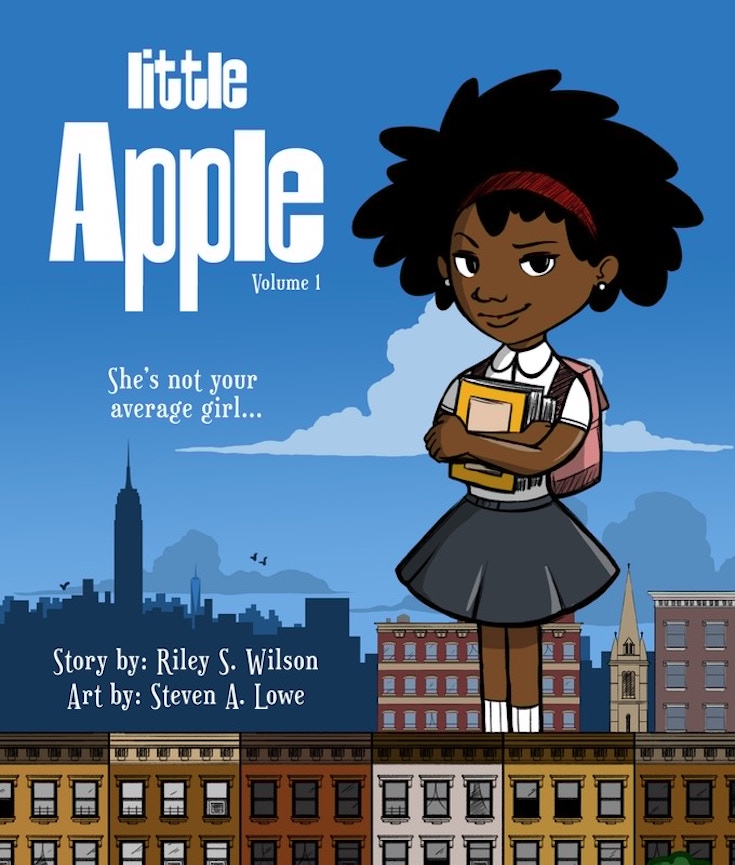[dropcap]In[/dropcap] fact, she’s a clair-cognizant girl who unapologetically oozes Black girl magic and consciousness from her pores. Created and written by Riley Wilson and played by Milan Williams, Little Apple is a new self-titled web series that tackles real-life issues of a young Black girl growing up in a changing neighborhood.
Apple comes from a contemporary Cosby-esque home with her father, Matthew, a university professor and mother, Charlene, who’s a registered nurse, so you can only imagine the brains on this kid. As she’s growing up in Harlem, New York, from an early age Apple encounters issues ranging from gentrification, Black feminism, racial micro-aggressions and the list goes on. Being that Apple is the primary character, is told from her perspective, which is quite interesting given that a child’s opinion is almost always completely disregarded and seldom considered.
[mc4wp_form id=”6042″]


Harlem is a large neighborhood in the northern section of the New York City borough of Manhattan. Since the 1920s, Harlem has been known as a major African-American residential, cultural and business center. Originally a Dutch village, formally organized in 1658, it is named after the city of Haarlem in the Netherlands. Harlem’s history has been defined by a series of economic boom-and-bust cycles, with significant population shifts accompanying each cycle.
African-American residents began to arrive in large numbers in 1905 as part of the Great Migration. In the 1920s and 1930s, Central and West Harlem were the focus of the “Harlem Renaissance”, an outpouring of artistic work without precedent in the American black community. However, with job losses in the time of the Great Depression and the deindustrialization of New York City after World War II, rates of crime and poverty increased significantly. Harlem’s African-American population peaked in the 1950s. In the second half of the 20th century, Harlem became a major hub of African-American businesses. In 2008, the United States Census found that for the first time since the 1930s, less than half of the residents were black, comprising only 40% of the population.
Since New York City’s revival in the late 20th century, Harlem has been experiencing the effects of gentrification and new wealth. (Wikipedia).


You must be logged in to post a comment.